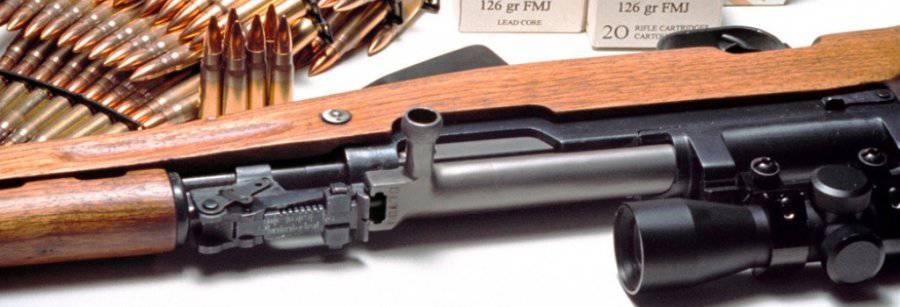New types of weapons for the Soviet army, which appeared after the Great Patriotic War
The outbreak of hostilities with Germany forced domestic specialists to come to grips with the problem of improving firearms. weapons. The armament samples had a number of shortcomings, including considerable weight, low maneuverability and firing range. In order to eliminate the existing shortcomings, in particular, to increase the distance in order to ensure that the target was hit in 1000 meters, it was decided to develop a new cartridge that combines the advantages of pistol and rifle samples. Leading engineers of the country, collected in scientific laboratories, based on feedback on the quality of their work, which today replaces resume sample, could already in 1943 offer a new type of cartridges, with caliber 7,62 * 41 mm. After a short time, at its base an even more advanced version of 7,62 x 39 mm was developed, for which it was decided to create new types of firearms, embodying all the advanced developments of that time. One of them was the Simonov self-discharge carbine, or SCS for short, released in the 1947 year.
Immediately after the end of World War II, the Simonov self-discharge carbine became almost the main weapon for the Soviet army. However, its leading position did not last long - soon AK was replaced by the AK - Kalashnikov assault rifle and AKM - its newer version, with store food. However, in certain types of troops - in the air defense and communication services - SCS was used until the 80-s. Today, Simonov's self-loading carbine can be seen only during parades on Red Square - thanks to its aesthetic appearance, weapons are used as attributes of special events. Even those who served in the army in the last few years are already unfamiliar with the principle of operation of this type of weapon, not to mention young people who graduate and select for themselves job manager, in an effort to avoid military service.
The main advantages due to which the SKS for a long time was one of the main types of weapons in the USSR were its low mass, the ability to hold a significant supply of ammunition, and also to fire at a distance of 1000 meters. In addition, experts note high accuracy of shooting, in which, the deviation from the main target is no more than 40cm. Low recoil and optimal location of the center of gravity made shooting as comfortable and efficient as possible.
Source: http://www.job.ru/

Information